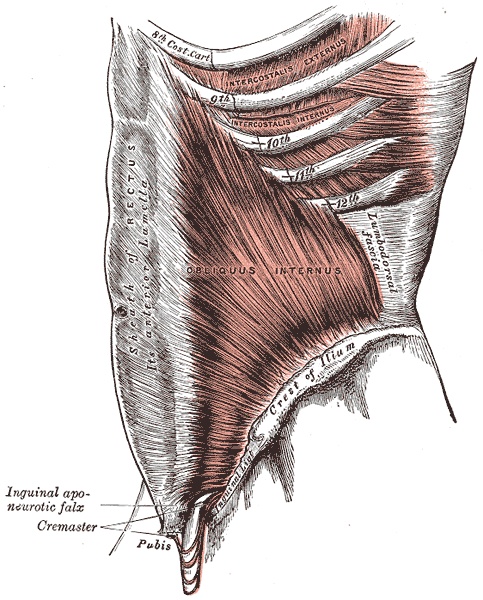What You Need to Know About Fascia and Your Health
How much do you know about your fascia? It’s an important part of human anatomy that’s finally getting the attention it deserves, because caring for this connective tissue could make a big difference in your mental and physical health.
Harvard Medical School held the first international Fascia Research Congress in 2007. Since then, fascia has continued to grow as a buzzword in places like yoga studios and physical therapy centers. For those who treat their fascia at home, Amazon now carries more than 1,000 different kinds of foam rollers.

If you’re trying to recover from an injury or increase your flexibility, the answer to these and other health issues could lie in your fascia. Study this quick guide to learn more.
Facts About Fascia:
- What is fascia? Are you wondering where your fascia is? It’s right under your skin and covers your body from head to toe. It consists of bundles of collagen fibers that encase each cell of your body.
- Smooth it out. Fascia starts out sleek and moist, but daily living causes complications. Adhesions and distortions form over time leading to discomfort and stiffness. Aging, poor posture, sedentary lifestyles, and other factors can make it more difficult to move.
- Increase your mobility. On the other hand, much of the damage done to fascia can be prevented and reversed. With proper care, bending and twisting may become much more comfortable again.
- Fight cellulite. Some experts believe that cellulite is due to unhealthy fascia. Before you spend money on expensive creams, you may want to try some natural methods.
Caring for Your Fascia:
- Stretch for a longer time. Do a variety of exercises to stretch your muscles and the fascia that surrounds them. Stretch slowly and hold the stretch for about 3 minutes or more. The more leisurely pace is due to fascia contracting and expanding more slowly than other tissue.
- Drink water. It’s easier for fascia to glide smoothly if it stays moist. You can help the process by staying hydrated. Drink water at meals and throughout the day.
- Manage stress. Tension and its mental and physical consequences are a major cause of damage to fascia. Find effective ways to relax such as physical exercise and listening to instrumental music. Try to think positive and make time in your schedule to connect with family and friends.
- Stand tall. Correct posture makes it easier for fascia to do its job of holding you together and helping you to move. Practice gently lifting your chest and pressing your shoulders back. Keep your shoulders stacked over your hips.
- Try rollers. Some people find relief from body aches and enhance their sports performance by using foam rollers to massage muscles and fascia. When you’re working on fascial release, move slowly and press down on tight spots for a minute or two.
- Apply heat. Warmth can also loosen up your fascia and make you more flexible. Do cardio activities like running, biking, and swimming. To soothe a sore back or shoulder, apply a heat pack.
- Do yoga. One of the first and most effective physical practices to focus on fascia was yoga. Any style can help, but you may want to include yin yoga because of its emphasis on slow stretches.
- See a specialist. There are many professionals who offer fascial release, but it’s important to check credentials. Ask someone you trust for referrals or work with someone like a chiropractor or physical therapist to ensure they have extensive education in anatomy.
Stay strong and supple by taking care of your fascia. Simple habits like stretching and drinking water can help to reduce your risk of injury and protect your mobility.
More to Read:
Previous Posts:







